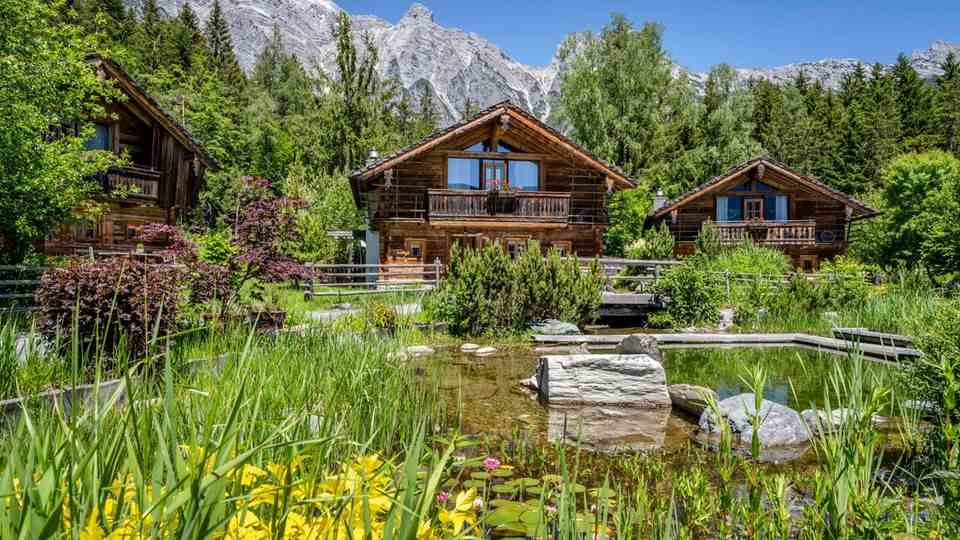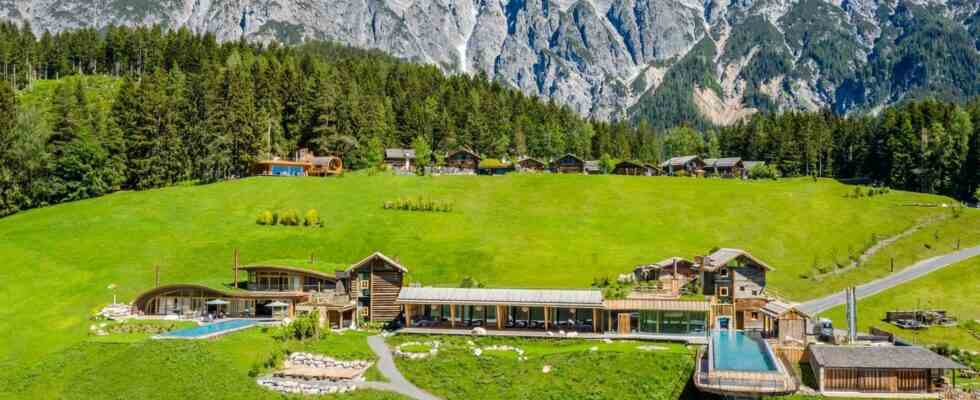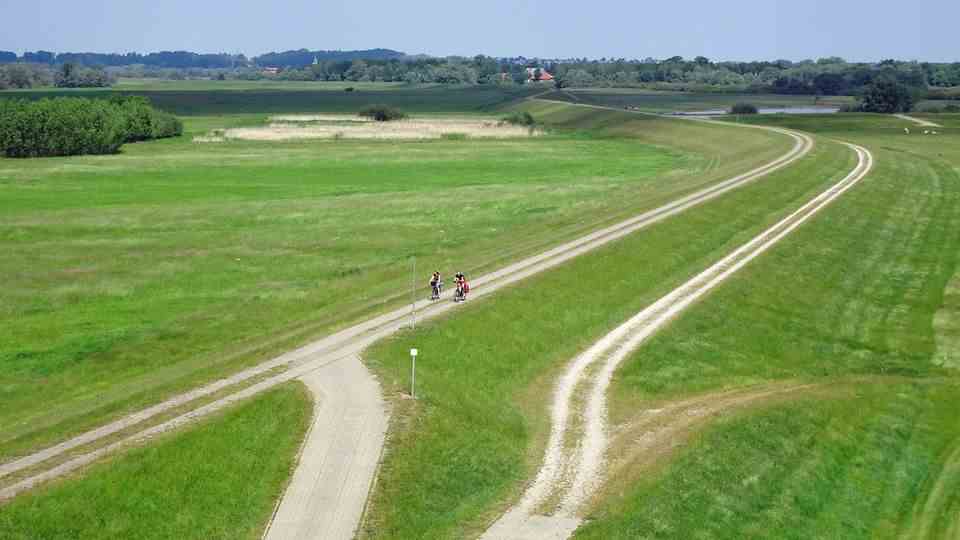Ecotourism is booming
Resort in Austria: This is how green luxury works
The Eco-Resort Priesteregg
© Preisteregg
Ecotourism is booming. The demand increases every year. The industry has long recognized the trend and is converting. But what does a sustainable holiday look like in practice? And what exactly is ecotourism?
Eco-tourism, gentle tourism or green travel: Sustainable travel has many names and is very much in vogue. More and more people want to discover the world without harming it. 57 percent of vacationers from German-speaking countries gave in a Statista survey from 2019 states that holiday travel should be as socially acceptable, resource-saving and environmentally friendly as possible. For 23 percent of those surveyed, sustainability was also an aspect when planning their vacation trips in 2018. But how does ecotourism work and how can you tell whether a provider fits this concept or not?
aspects of ecotourism
In 1990 the International Ecotourism Society was founded in the USA. She defined sustainable tourism as “responsible travel that protects the environment and increases the wealth of local people”. The concept therefore includes not only ecological but also social aspects. The aim of this form of travel is to show special consideration for the local population and at the same time to have as little impact as possible on the nature of ecologically important areas worthy of protection.
That too Federal Agency for Nature Conservation takes into account various aspects when defining the principle of sustainability: the protection and development of the natural and cultural heritage, the improvement of the quality of life of the local population and the economic strengthening of the region. But for the Federal Office, guaranteeing a high level of guest satisfaction is also part of this concept.
Criteria for sustainable tourism offers
For those who want to travel consistently sustainably, it is not enough to simply do without a long flight. Likewise, it is a fallacy to believe that long-distance travel per se cannot be sustainable. Ecotourism relies on different aspects that can be considered either individually or collectively.
The European VISIT initiative (Voluntary Initiative for Sustainability in Tourism) has developed a whole range of criteria to be able to assess tourism services in terms of their sustainability, including, among other things, the energy balance of an accommodation or locality. However, this does not take into account the total amount of electricity consumed, but the source of the energy.
Water consumption is another important criterion. But here, too, it’s not about the amount, but the way it is used. Effective waste management is also a key criterion. This involves such questions as: Is waste disposed of illegally? Are there negative health effects of waste disposal (e.g. through incineration)?
If you want to travel sustainably, you should keep these criteria in mind:
- Choose accommodation that follows an ecologically sound concept and does not interfere architecturally with the landscape
- pay attention to fair working conditions of the employees
- focus on the consumption of regional and seasonal foods
- Observe compliance with and support for animal welfare measures
- use low-CO2 means of transport
- eco-friendly activities at the resort
Tourism industry is converting
The tourism industry has long recognized the trend towards sustainable travel and is converting. In the Alpine region, eco-hotels are springing up all over the place. The mountain village of Priesteregg in Salzburger Land, for example, demonstrates how a sustainable holiday works.
For the tenth anniversary last year, the family business was transformed into a Premium ECO Resort. Together with the German Viessmann Group, an ecological energy concept was developed here that supplies all 18 chalets and the spa with heat, water and electricity: sun, earth, waste water heat recovery, biomass and biogas serve as energy sources for ecological energy production.
The pools and hot-tubs in the chalets, for example, are operated with the photovoltaic system and a bioliquid combined heat and power generation system, with the waste heat from the water being recovered and fed into the energy system.
The concept of sustainability is also reflected in the architecture of the chalet village. The spa is built into the hillside, its flat roof has plants, a lot of old wood was used for the construction, some chalets are reminiscent of tree houses. Two e-bus shuttles taxi guests on the premises.
Green luxury is the motto here. Surrounded by forest and meadows, the traditional mountain chalets and the innovative villas are exclusive enough for a secluded holiday with lots of privacy. A special highlight: The breakfast is brought into the house and served as if by magic. Of course, the breakfast eggs come from happy hens from the Biohog Enn in Rosental, where the animals enjoy a daily run and sand bath.
But eco-luxury has its price. The cheapest chalet is available from €276 per person per night.

The chalet village of Priesteregg Premium Eco Resorts focuses on sustainability. The tourism industry has long recognized the eco-tourism trend and is switching.
©Priesteregg
Another example of a successful eco-friendly hotel is the Forestis in South Tyrol. The house has been in the mountains for over 100 years and was once a sanatorium for people suffering from lung diseases. Since May of this year, the historic building has been home to a 5-star hotel.
The operators attach particular importance to the use of local products. In the future, almost exclusively local materials will be used for the fit-out of the suites. Farmers from the area supply the kitchen. And in the bar, drinks are mixed with essences from the surrounding forests, such as herbs, nuts, berries, but also bushes, bark and tree needles. In October, room prices start at 392 euros.
Ecotourism seal
But the eco-tourism boom is also attracting black sheep. Many a tour operator tries to sell any form of nature-based travel as an eco-holiday. So how can you be sure that where it says eco on it, there is also eco inside? There are countless seals on the market, both from providers in the private sector and from state authorities. The VISIT initiative of the EU also provides assistance here. The project brought together the various European ecotourism labels and developed the “Green Globe 21” seal of approval, which is awarded worldwide. You can find an overview of the most important seals in this document.
Also read:



